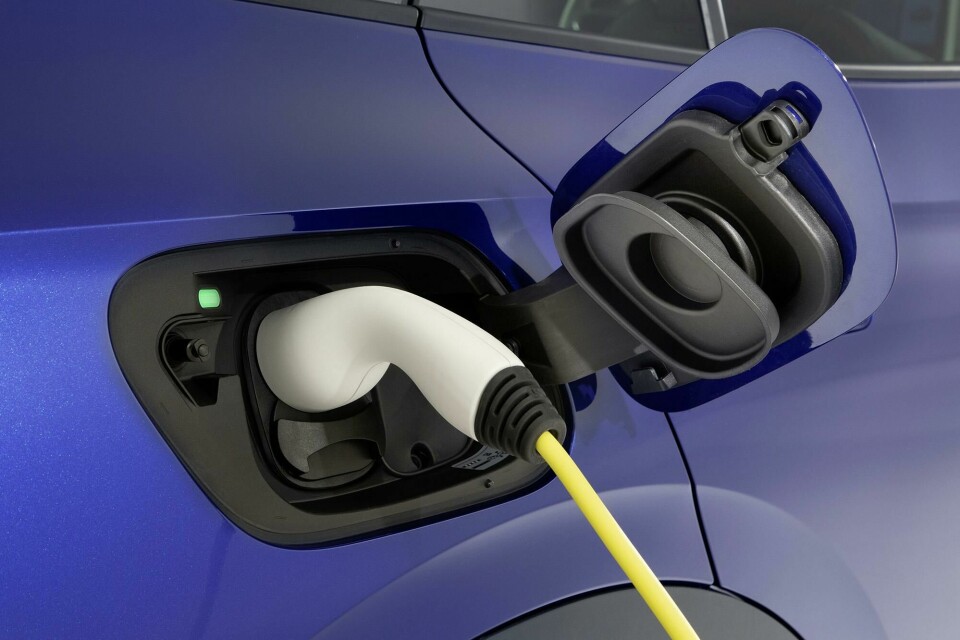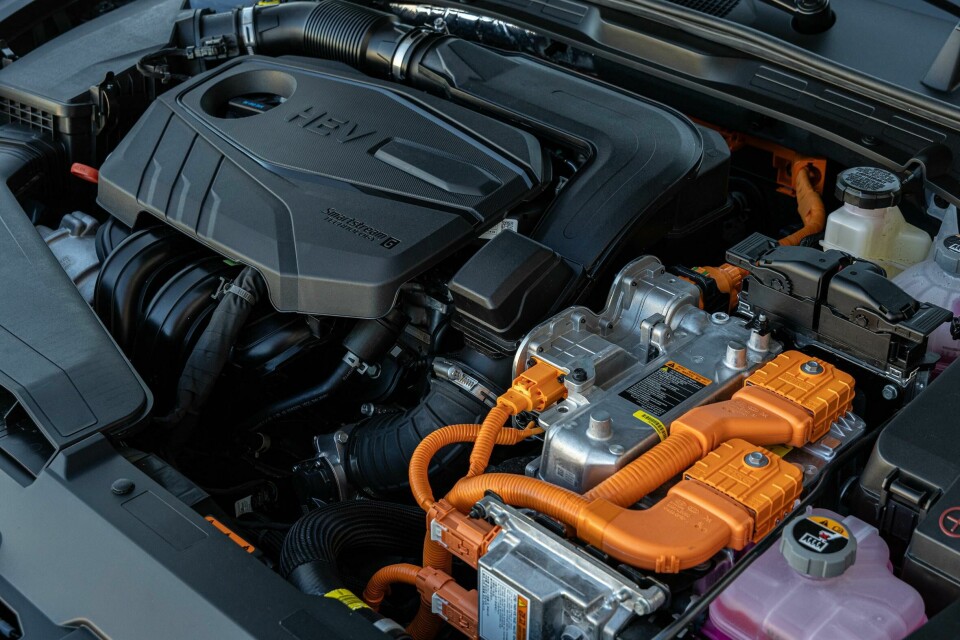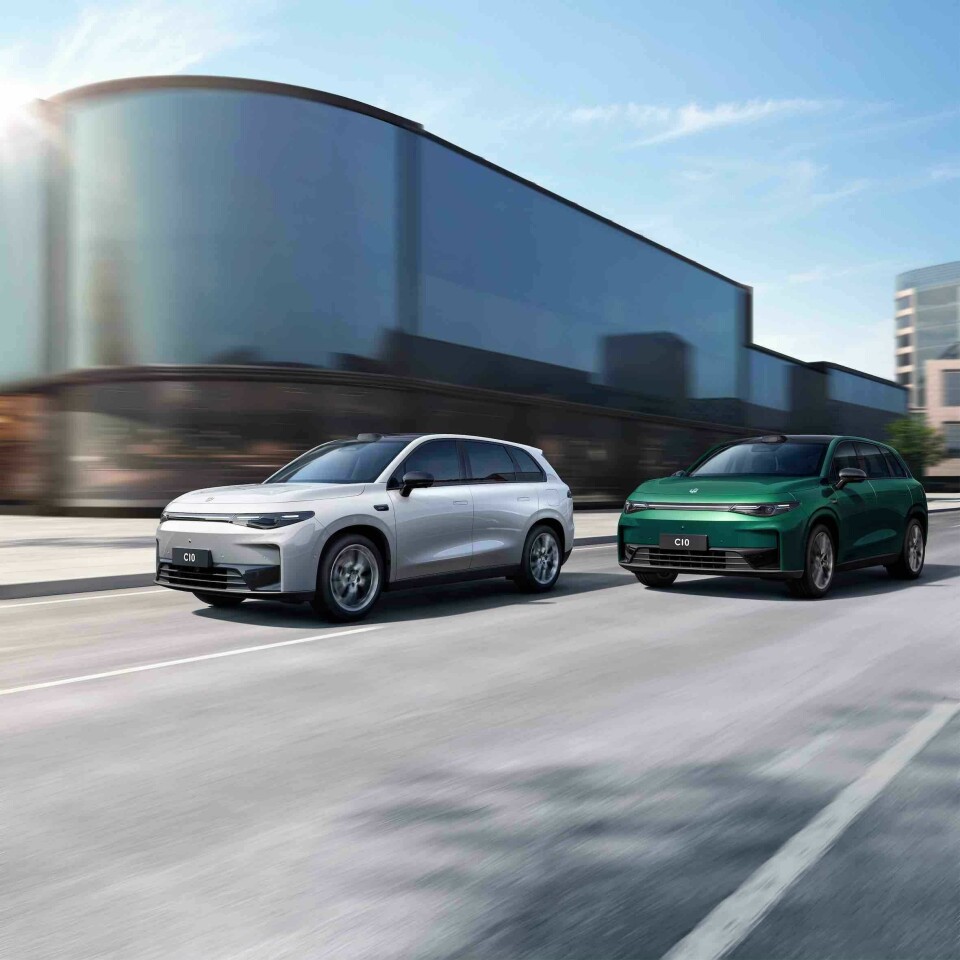
Weak demand dims electric future
Consumer resistance and trade disputes mean the future may not be so electric after all as vehicle makers express caution on zero emission vehicle targets.
The recent Financial Times Future of the Car summit in London saw leading industry executives speak and be interviewed in person, rather than appearing solely on screen. The audience were, perhaps not surprisingly, more engaged and asked more searching questions in person than is possible or common at online conferences. In return some interesting insights came back, including clarification of commitments to previously outlined strategies or changes thereto in the light of the slowdown in EV sales and the impending tariff and potential wider trade disputes between the US and China, and indeed the EU and China.
Regarding the slowdown in EV sales, Ford’s head of electric vehicle programmes for Europe, Martin Sander, and Peugeot’s CEO, Linda Jackson, were keen to emphasise that neither company would pay penalties for failing to meet the UK government’s ZEV mandate; this requires 22% of a company’s sales to be zero emissions vehicles in 2024, rising to 80% in 2030 and to 100% in 2035. The implicit message to other governments or the European Commission was that they will not pay penalties elsewhere either.

Warnings on ZEV targets and penalties
Both executives emphasised that consumers were reticent about buying EVs for various reasons, or were unable to afford EVs, especially in the lower priced segments. ICE or hybrid vehicles continue to hold strong appeal. Jackson said that Peugeot would not sell EVs at a loss, while Sander said that if UK consumers did not buy enough EVs to enable Ford to meet its ZEV mandate targets, then UK sales of ICE, or hybrid, vehicle sales would be restricted, with production allocations diverted markets where the ZEV mandate or equivalent has less onerous demands in the years ahead. He added that prices of ICE vehicles sold in the UK would likely rise if demand exceeded supply; Ford too will not pay penalties for failing to meet the ZEV mandate. He added that Ford would now sell hybrids in Europe well into the 2030s; it is also worth noting that reports emanating from Spain suggest that Ford will replace the Kuga made in Valencia with a 300,000 upa model, with a mix of powertrains, i.e. electric and hybrid, and may be some conventional ICE units too. This programme will – given its reported volumes – likely be for the segment below the Kuga and will also involve exports beyond Europe.
In terms of developments across the Atlantic, Hyundai’s global present, Jose Munoz, similarly said its new US$7.6 billion factory in Georgia would make hybrids as well as EVs. Meanwhile GM’s Mark Reuss also said his company would invest more in plug-in hybrids, although this will be for non-European markets; post the summit, Opel – once of GM – has confirmed its 100% electric by 2030 target would remain its focus.
Increasing competition from Chinese EV producers
The rise of the Chinese EVs, especially their operations outside China, were also prominent at the FT summit. Press reports continue to highlight developments in this area on an almost daily basis. With one factory, in Hungary, already confirmed, BYD has indicated that a second European plant is under consideration, and French politicians have begun courting the company. A decision on the second plant’s location will likely be made by mid-2025, if not before. Chery’s plans to make Omoda brand models, presumably from kits initially, later this year in the former Nissan plant in Barcelona are just the start of its expansion in Europe. Expect an announcement regarding a full manufacturing plant for one or more Chery brand by the end of the year. Leapmotor, the new Chinese brand, which is partly owned by Stellantis, will see its models sold by Stellantis across nine European markets later in 2024; and assembly of Leapmotor small cars in Poland, from Chinese kits, is also expected. Full manufacturing of Leapmotor models, probably for sale as Fiats, at the iconic Mirafiori factory within two-to-three years is also highly probable.

Increasing tariffs poses threat to growth to all sides
All of these moves are, in part at least, in response to the EU investigation into unfair subsidies paid to Chinese EV manufacturers; these plans were on the table but have now been accelerated. The European Commission has issued an interim ruling that unfair subsidies are being provided by the Chinese government and has also criticised several Chinese companies for failing to provide all the information which the Commission wanted. The Commission has indicated the tariffs, or other countervailing duties, will be applied to Chinese EV imports later in 2024, and that these duties could well be levied retrospectively.
Quite what the Chinese authorities’ response will be remains to be seen; European VMs, especially the Germans, are heavily invested in China and derive a significant proportion of their profits there. Moreover, BMW has just confirmed a new round of investment in its Shenyang factory, worth US$2.76 billion. Given the scale of their investments in China and the profits they generate there, BMW’s and Volkswagen’s objections to additional tariffs on Chinese vehicles sold in Europe is not surprising; they do not relish the prospects of retaliation.
The Chinese response to European tariffs will be especially intriguing to observe as it will follow whatever reaction they make to the US decision to raise tariffs on Chinese EVs from 27.5% to 102.5% later this year. This development is pre-emptive and arguably a form of political grandstanding as much as anything. There are currently no sales of any significance of Chinese brands’ EVs (and indeed quite probably none at all). Chinese made Teslas are not sold in the US, although some are sold in Canada, but these are shipped directly there, not through US ports. Also, BMW does not sell the Chinese-made (electric) iX3 in the US but will sell the new European made version there from 2026.
The US authorities are more worried about Chinese brands setting up shop in Mexico and shipping vehicles across the border, especially if these are made with primarily Chinese components; it’s worth noting that Tesla is trying to get many of its Chinese suppliers to come to Mexico to supply the planned Tesla factory there. Quite what the US authorities’ reaction to this will also be intriguing to observe.
Automotive production, especially in Europe, is at interesting point, although probably not quite at the inflection point for EV production to be the dominant technology today or even tomorrow, although this will happen. However, consumer resistance to EVs remains strong and while vehicle companies accept the need to go electric, they will not pay penalties to the UK government, or any other government, for the privilege of complying with the rules. On top of this, the Chinese are coming to Europe one way or another. The battle lines for industry dominance have yet to be fully drawn but their potential positions are shifting even if it is not clear in what direction.


